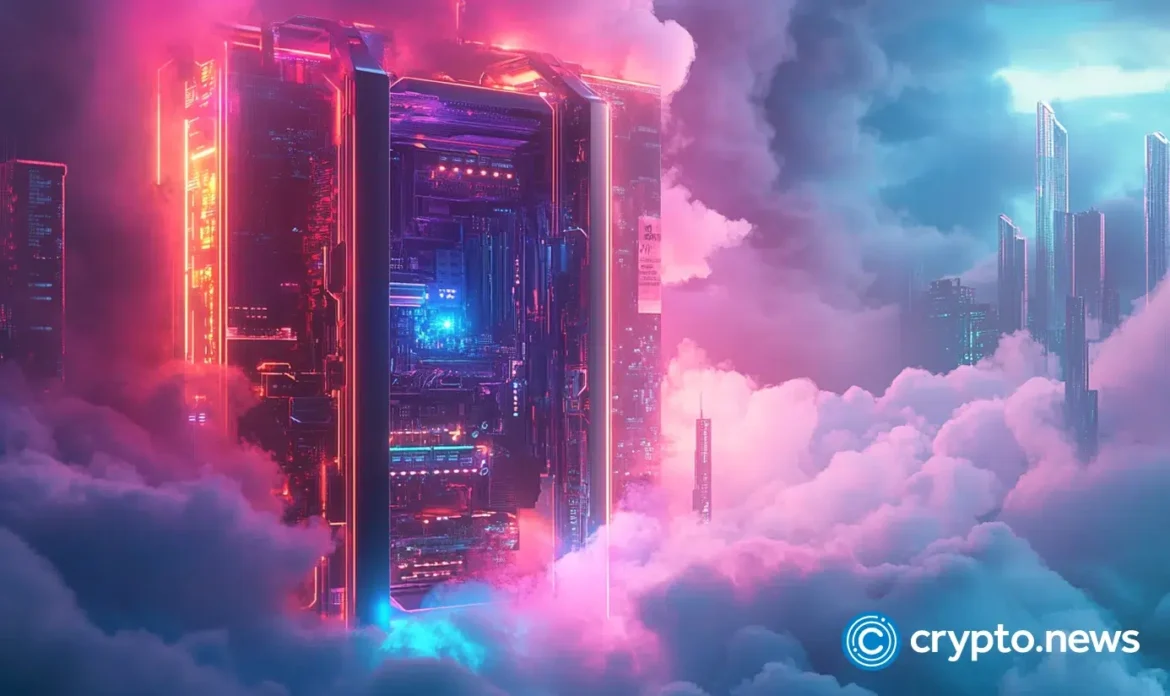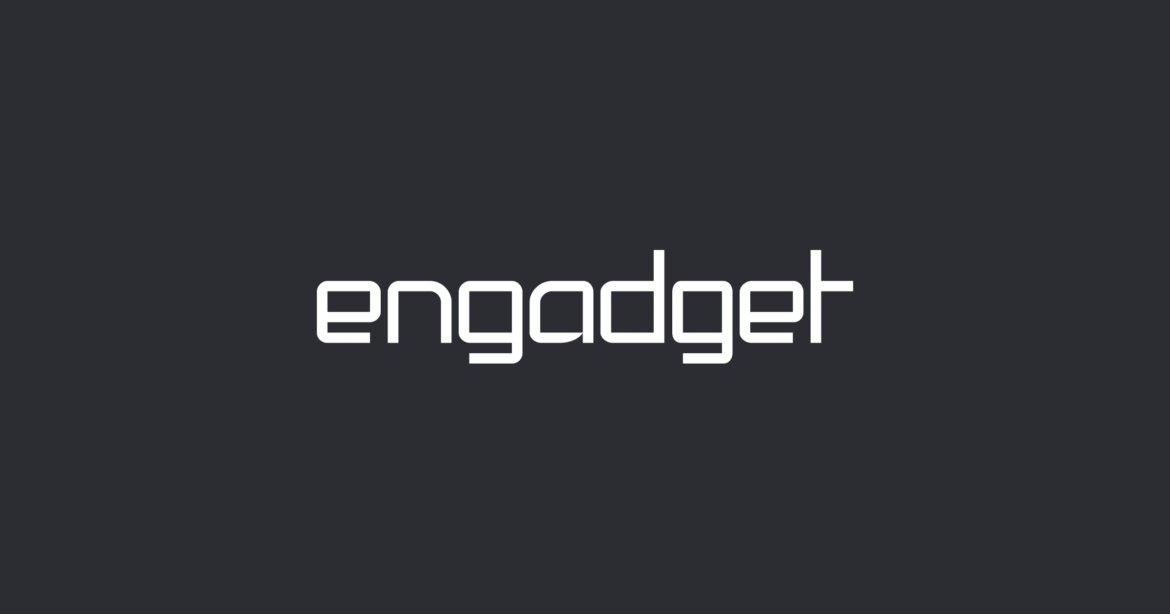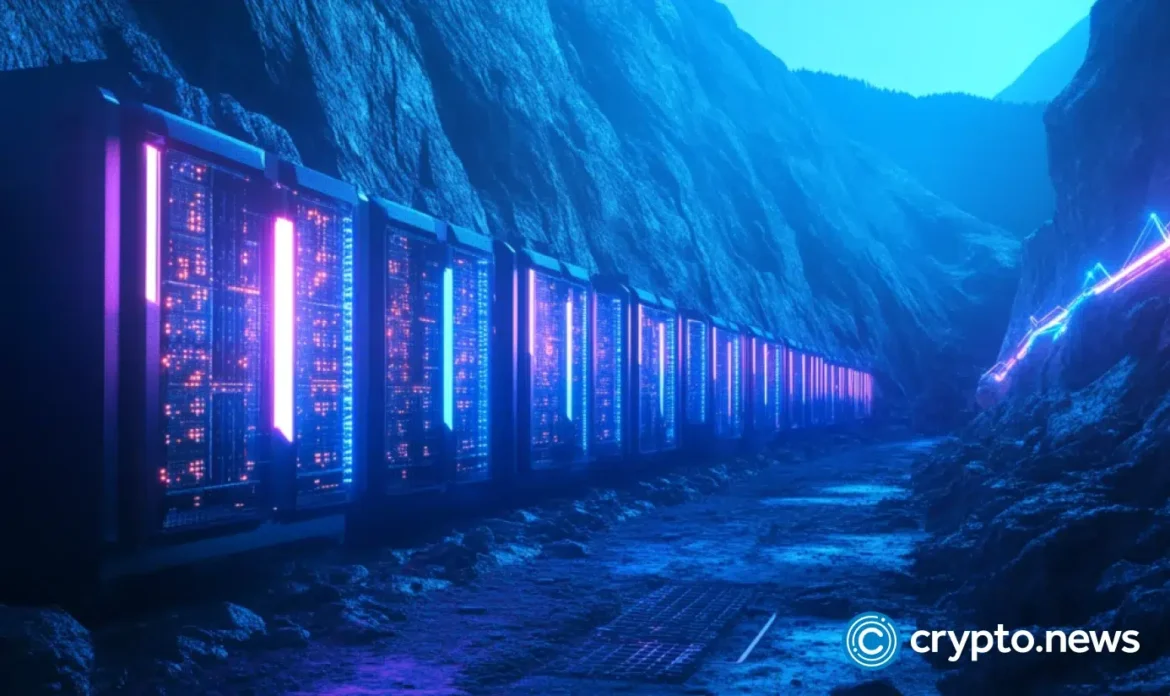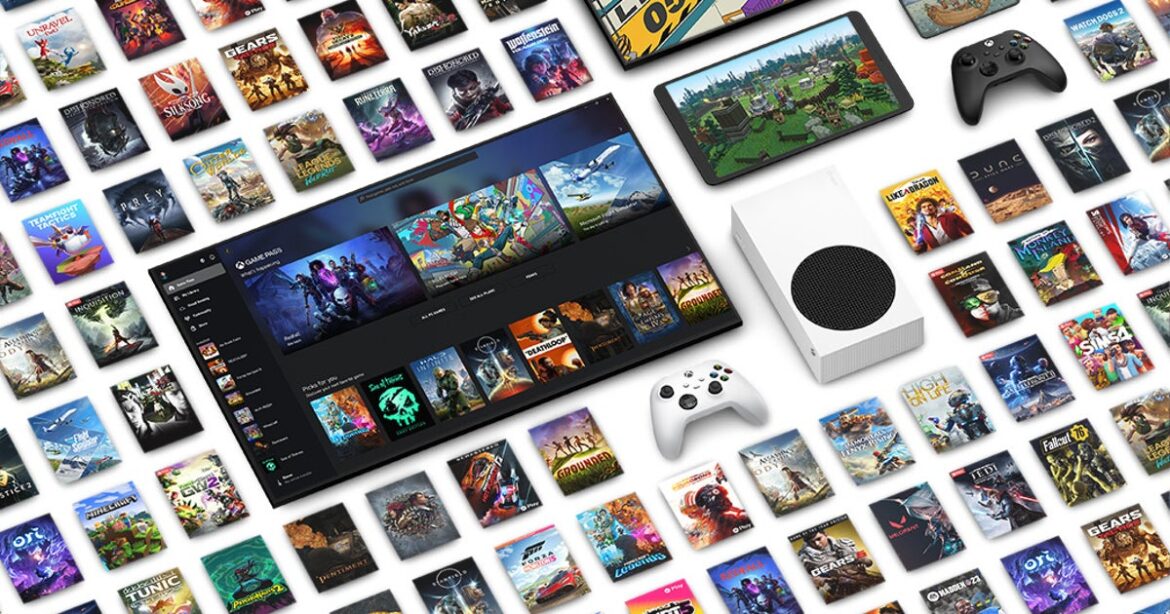Disclosure: This article does not represent investment advice. The content and materials featured on this page are for educational purposes only.
As Bitcoin and XRP ETFs rise, Quid Miner offers investors passive income opportunities.
Summary
- Quid Miner has rolled out new cloud mining options to mine BTC, ETH, DOGE, XRP and more.
- The company turns crypto mining into passive income with AI optimization and no hardware.
- Green energy, bank-grade security, and simple setup make Quid Miner steady and reliable.
London, UK – August 2025 — The crypto market is once again testing investors’ nerves. Bitcoin (BTC), after weeks of strong ETF inflows surpassing $2 billion, surged toward record highs before a sudden pullback erased much of the gains.
Ethereum (ETH) wavered around its latest network upgrades, fueling both optimism and anxiety. Meanwhile, XRP ETF speculation dominates headlines as regulators in the U.S. and Europe weigh potential approval.
The paradox is clear: institutional capital keeps flowing in, regulations are clearer than ever, yet retail investors remain uneasy.
Why investors want cash flow, not just price action
For much of the last decade, the mantra was simple: buy and hold. Today, that feels increasingly risky. A London-based wealth advisor compared it bluntly:
“Telling a young investor to hold Bitcoin for 20 years is like asking them to ride a roller coaster without a seatbelt.”
The CLARITY Act in the U.S. and Europe’s MiCA framework have given crypto unprecedented legitimacy. But legitimacy doesn’t erase volatility.
Investors — from overseas families managing remittances to professionals planning retirement — now want predictable cash flow, more like a pension payout than a gamble on daily prices.
Quid Miner: From volatility to daily income
This is where Quid Miner comes in. Founded in London in 2010 and offering cloud mining services since 2018, the platform reframes mining infrastructure as a source of steady income.
- No hardware required. Users rent computing power directly from Quid Miner’s secure network.
- Daily payouts. Rewards are credited every 24 hours, similar to bond coupons or pension checks.
- AI optimization. The system automatically directs resources to the most profitable assets — including BTC, ETH, XRP, SOL, DOGE, LTC, BCH, and USDT.
- Green energy. Data centers across North America, the Middle East, and Central Asia run on wind and solar, aligning with ESG mandates.
As the Quid Miner team explains:
“We don’t see mining as speculation. We see it as infrastructure — a way to turn volatility into steady income.”
Why this model resonates with global investors
Instead of treating crypto as a lottery, Quid Miner positions itself as a financial gearbox: converting chaotic market energy into steady torque. For many, this is less about chasing the next bull run and more about securing a reliable income stream.
1. Predictable Yield — Daily credits help balance volatility, appealing to long-term planners.
2. Seamless Access — Start earning with just a smartphone, no hardware or setup.
3. Bank-grade security — assets and data are protected by a dual layer of McAfee® and Cloudflare®.
4. Support for multiple assets — mine BTC, ETH, DOGE, XRP, LTC and more, with strategies designed for a diversified crypto portfolio.
5. Sustainable by Design — All facilities powered by renewable energy, aligned with ESG standards.
How to start — three simple steps
- Sign Up for a Bonus — New users receive $15 in credits and can earn an additional $0.60 per day through daily check-ins.
- Register Instantly — Create an account with just an email and access the dashboard immediately.
- Choose a Plan & Start Earning — Select from flexible contracts tailored to an investor’s budget; profits are credited daily.
A shock absorber in a roller-coaster market
As Bitcoin ETFs attract pension funds and XRP ETF approval nears, investors are looking for more than speculation. They want crypto that works like a digital pension — compliant, predictable, and sustainable.
Quid Miner doesn’t erase volatility, but it acts like a shock absorber — smoothing the ride and transforming daily uncertainty into stable returns.
For investors tired of the roller coaster, Quid Miner represents something new: crypto as steady cash flow, a pension for the digital age.
To learn more about Quid Miner, visit the official website and download the app.
Email: [email protected]
Disclosure: This content is provided by a third party. Neither crypto.news nor the author of this article endorses any product mentioned on this page. Users should conduct their own research before taking any action related to the company.










